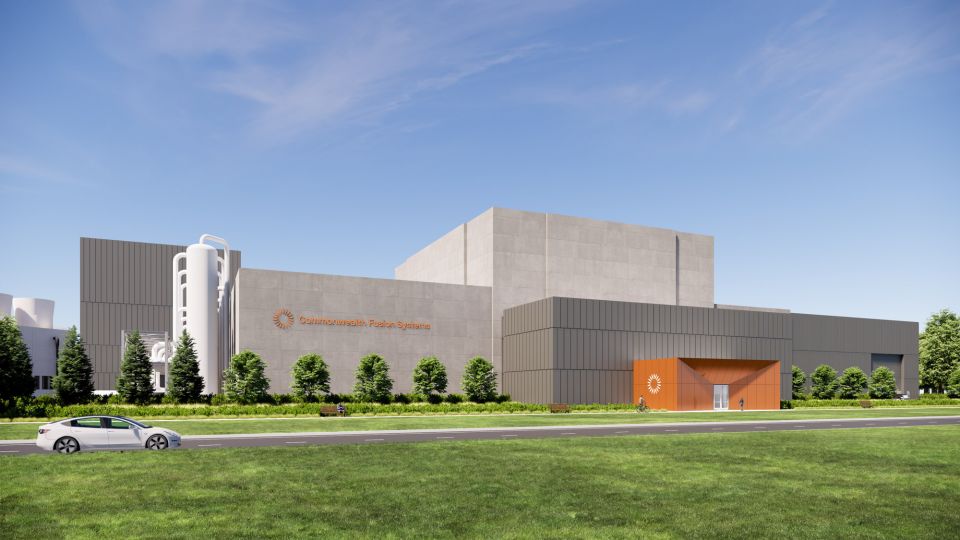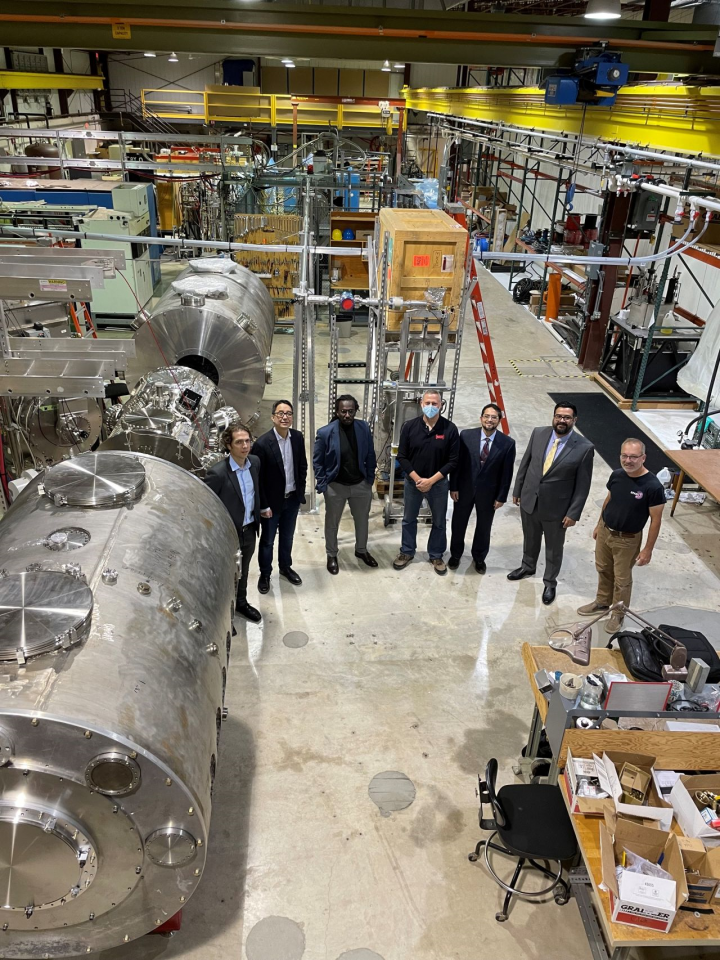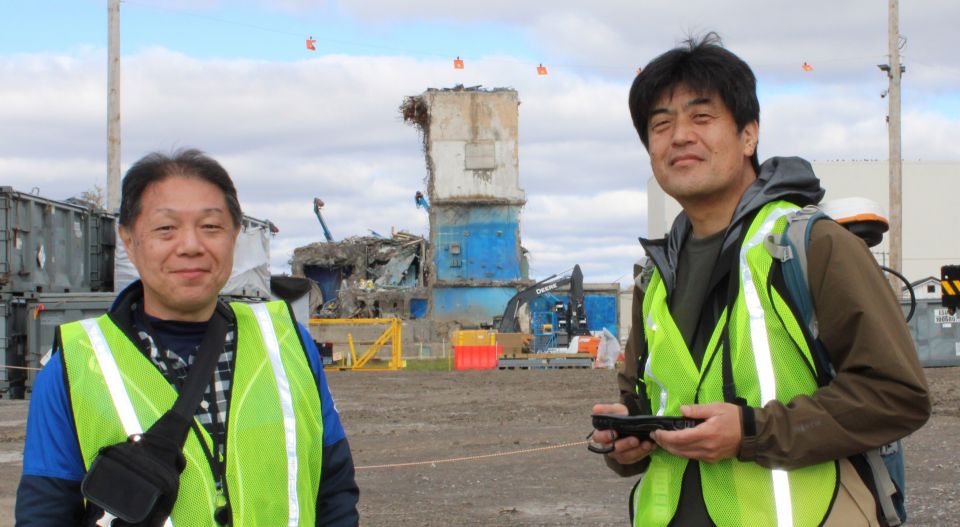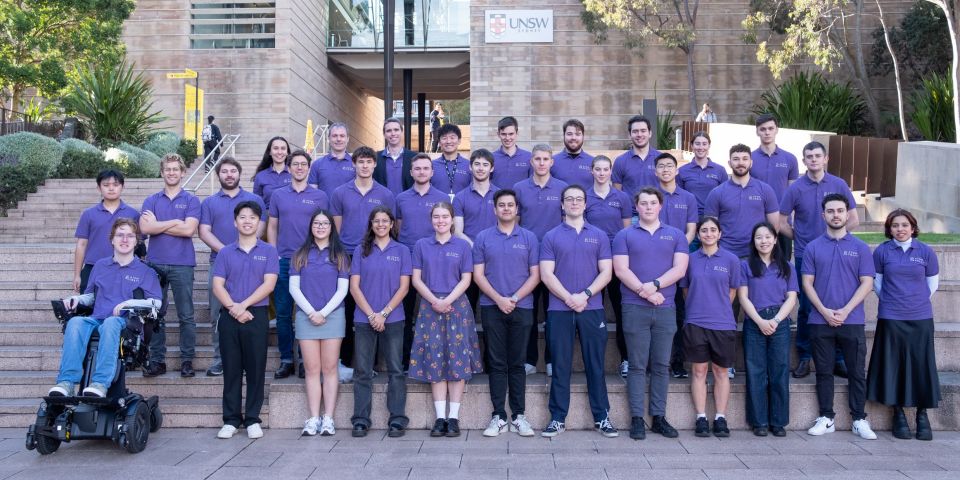What’s happening in big fusion? A global update
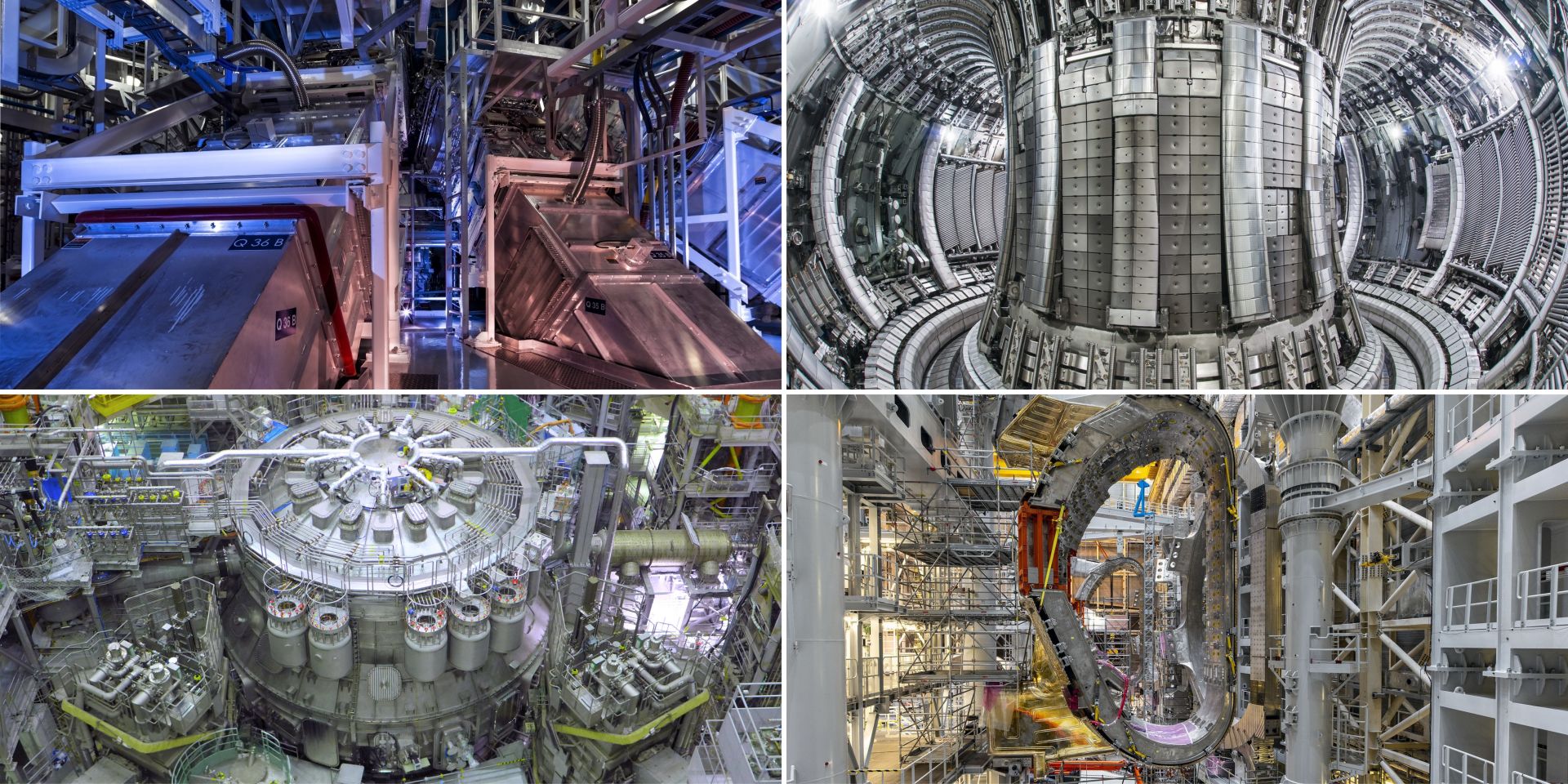
One year ago today, researchers at Lawrence Livermore National Laboratory achieved a record shot at the National Ignition Facility (NIF) that set the world talking about the potential of fusion energy. And the buzz hasn’t stopped. Fusion energy is getting its most significant attention yet on the world stage at COP28 in Dubai, UAE, where John Kerry, U.S. special presidential envoy for climate, delivered a keynote address today titled “An inclusive fusion energy future,” followed by a panel discussion.


